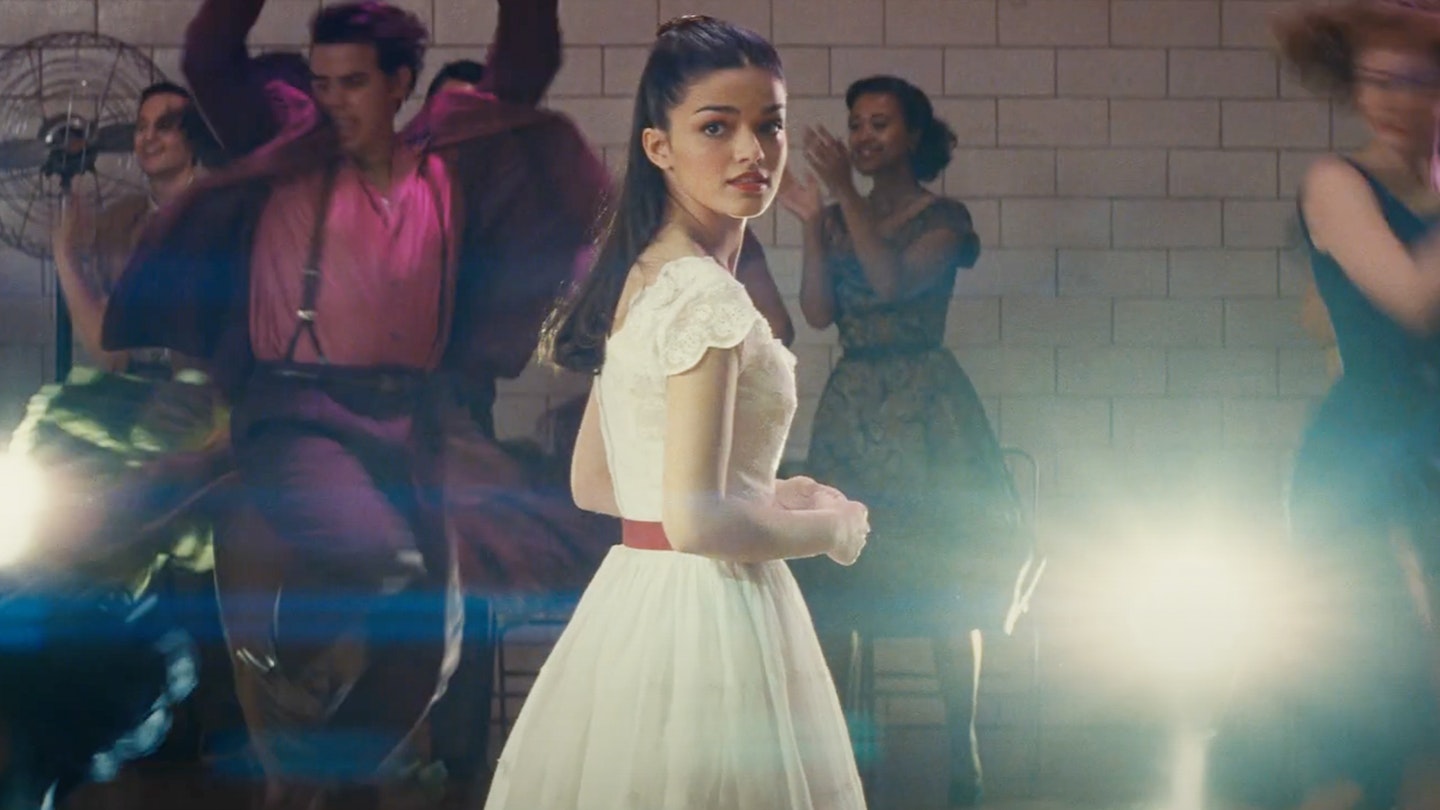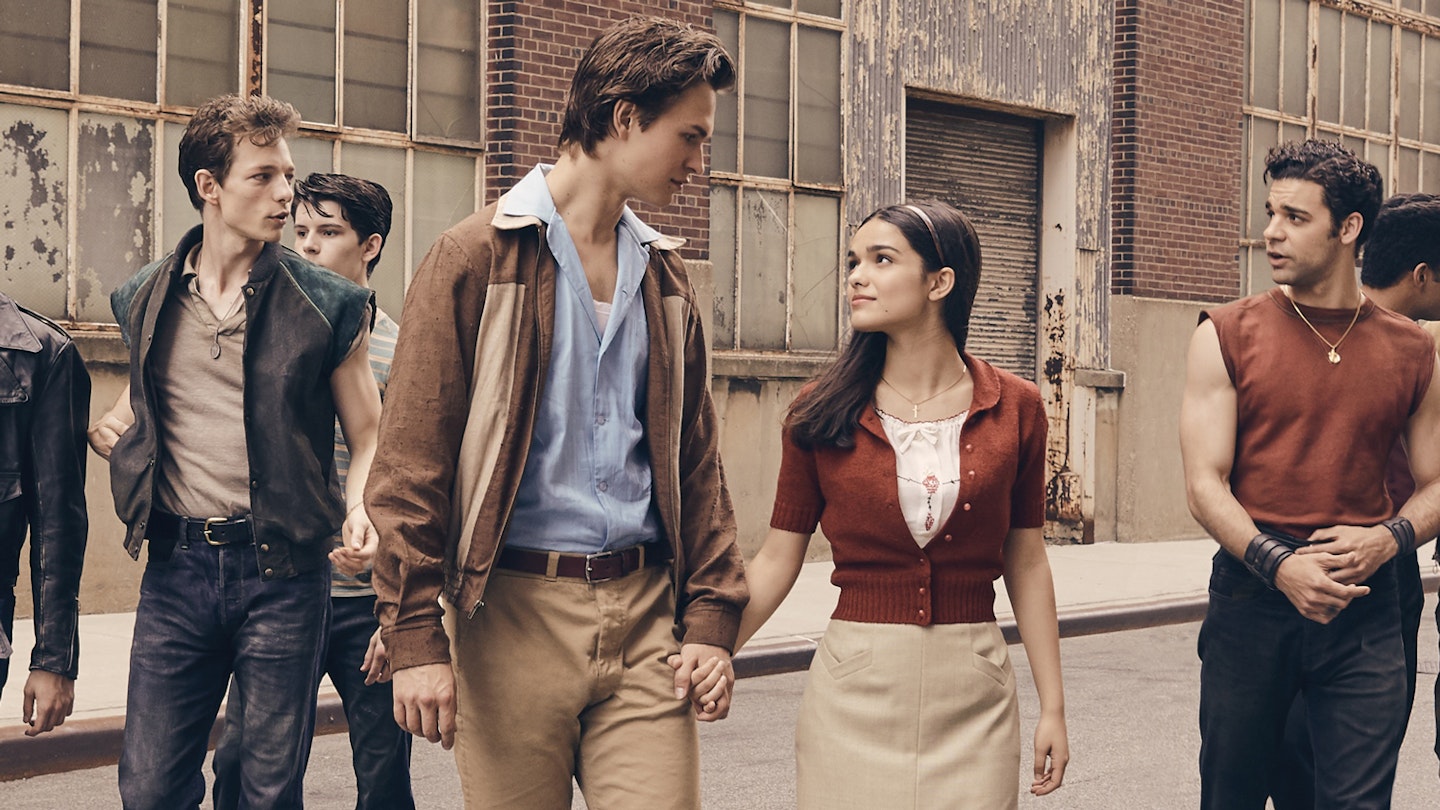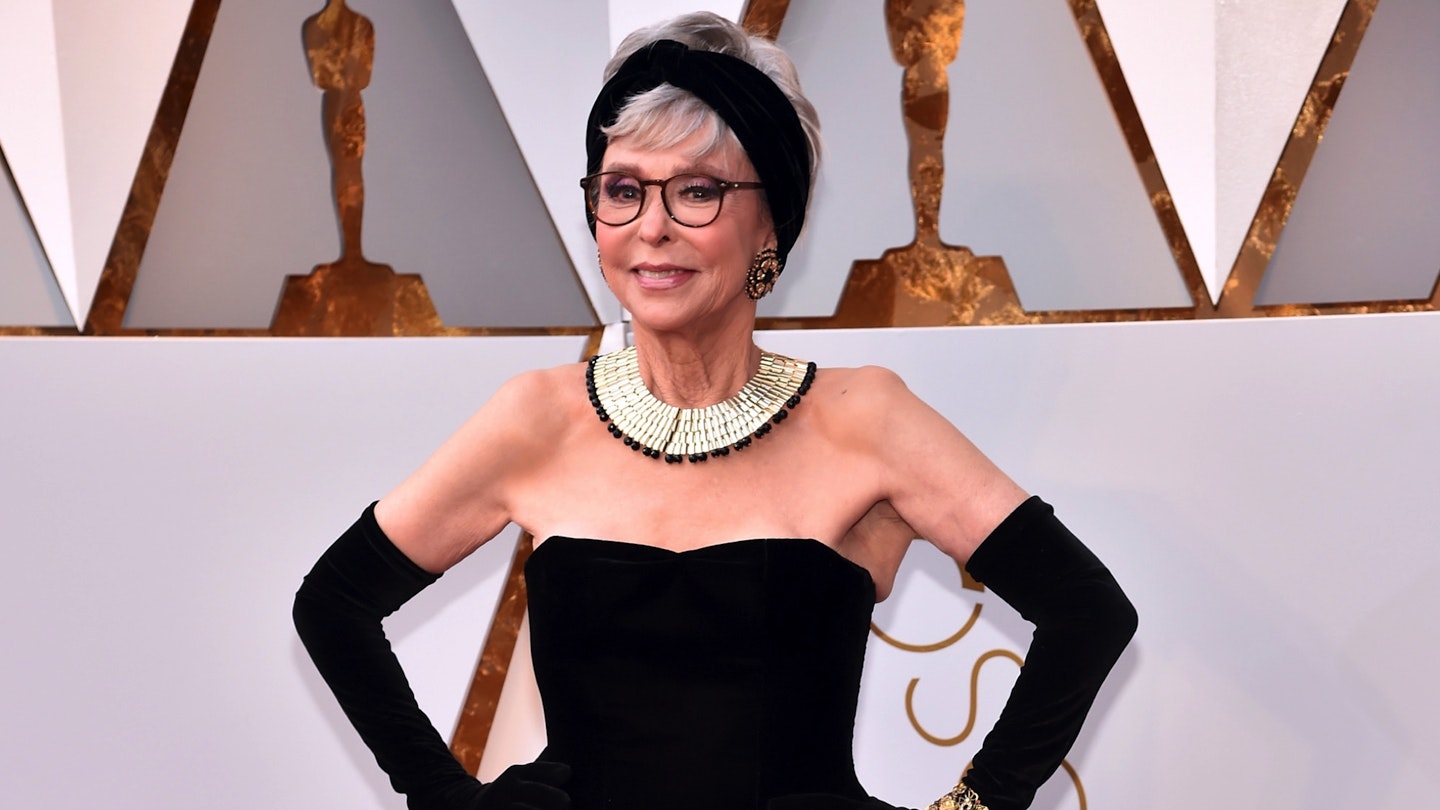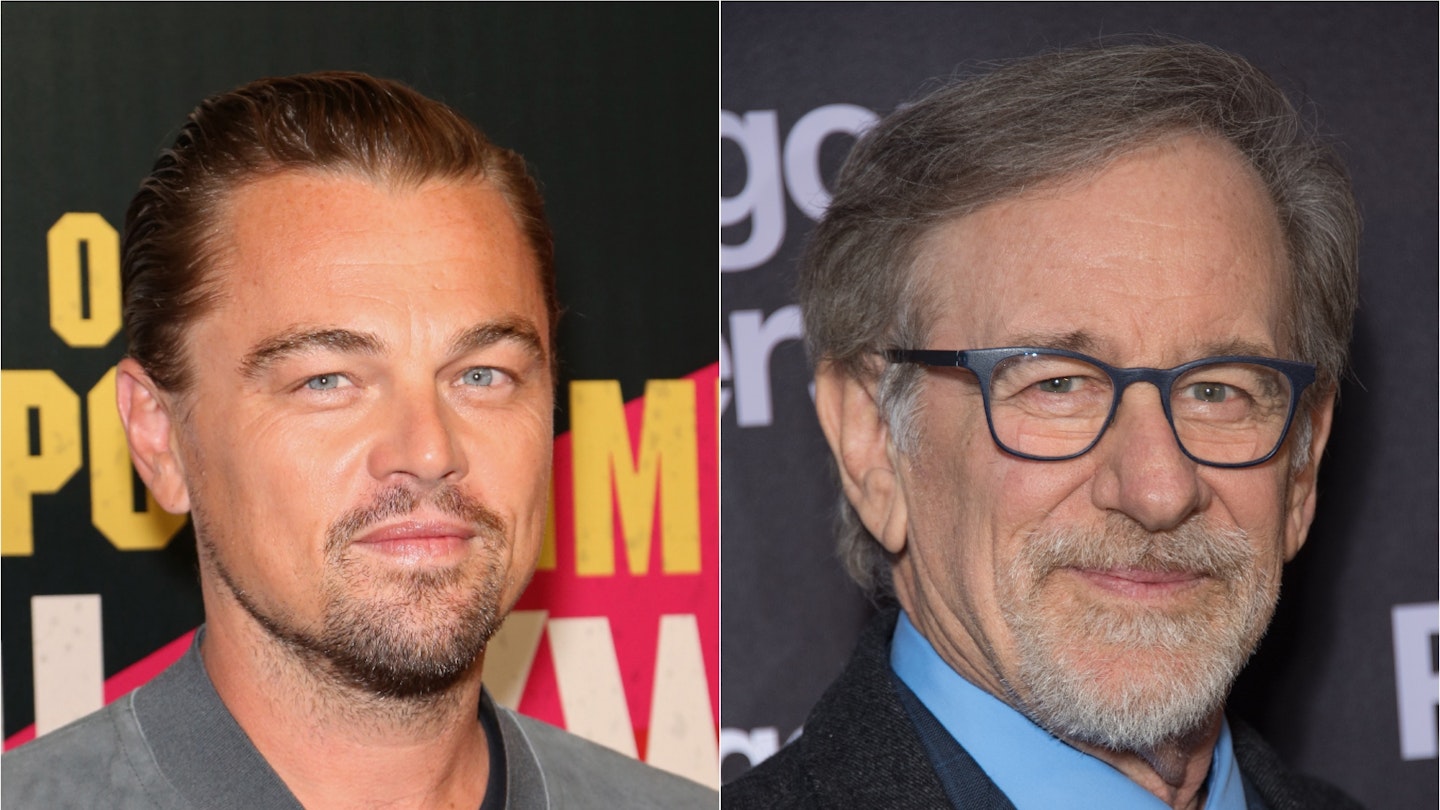In 1957, playwright Arthur Laurents collaborated with Bernstein, Sondheim and choreographer Jerome Robbins on West Side Story, a show that followed The Boys From Syracuse and Kiss Me Kate in wrestling a Shakespeare plot into a Broadway musical.
Laurent set Romeo And Juliet against a New York gang war straight out of the headlines. His Montagues are the Jets, the ‘American’ gang - though a few tossed-off insults suggest they’re mostly Polish with token Irish and Italian members.
Certainly, the gangs they’ve already beaten (the Harps and the Emeralds) sound Irish. In place of the Capulets, West Side Story brings on the Sharks, sharp and resentful lads recently arrived from Puerto Rico, hotly eager to match any force thrown against them.
The lovers are Maria, innocent sister of Shark leader Bernardo, and Tony, co-founder of the Jets but lately drifting into the straight life - given how keen Riff is to get Tony back in the gang, it’s not difficult to perceive a gay subtext - and the duels of Shakespeare become gang ‘rumbles’ with switchblades.
United Artists, evidently keen on cutting in on MGM’s position as the natural home of Broadway musicals, bought up the rights and got the film out in 1961. It won the Best Picture Oscar and nine additional statuettes, including an unprecedented shared award for direction plus supporting actor and actress nods for George Chakiris (Bernardo, though he had played Riff on stage) and Rita Moreno (as Bernardo’s girl, Anita).
Like most Best Picture Oscar winners, it’s too big a production to be perfect and its greatness floats in with a fair amount of lesser stuff. Neither Richard Beymer (Tony) nor Natalie Wood (Maria) could handle the songs, so their singing voices come from Jimmy Bryant and Marni Nixon.
Both castings are compromises: Tony was offered to Elvis Presley, but Colonel Tom Parker, with typical disregard for his client’s career opportunities, turned it down, relegating The King to nonsensical children’s films. Could Tupelo’s finest have played a New Yorker? If his Southern twang were controlled, Presley would have been a lot more convincing in the fight scenes. Wood, in nut-brown make-up and thick accent, is an appealing if not remotely Hispanic Maria.
A possible reason for the Colonel’s rejection is that Tony doesn’t even get the best numbers. And West Side Story has more hit songs in it than Chicago, Les Miserables and the entire Andrew Lloyd Webber back-catalogue rolled up together. Gee, Officer Krupke!, banned by the BBC for its mentions of drug use (ìDear kindly judge, Your Honour, my parents treat me rough, with all their marijuana, they won’t give me a puffî) and sexual ambiguity (“My sister wears a moustache, my brother wears a dress, goodness gracious that’s why I’m a mess”), is blazing satire, vintage 1957.
I Feel Pretty, although sung by Nixon, allows Wood to be funny for a stretch rather than a saintly killjoy. If you wonder why the Academy handed out Oscars to Chakiris (a one-way ticket to Palookaville) and Moreno (the most explosive performer in the film), look no further than the standout song, America.
On stage, this was a smaller number, with Anita’s friends arguing with a conservative Puerto Rican girl. In the film, by matching the integrationist girls (“Free to be anything you choose”) with the resentful boys (“Free to wait tables and shine shoes”), the conflict is more even, and we get a blazing musical battle at once celebration and indictment. A classic musical scene in a classic musical film.







